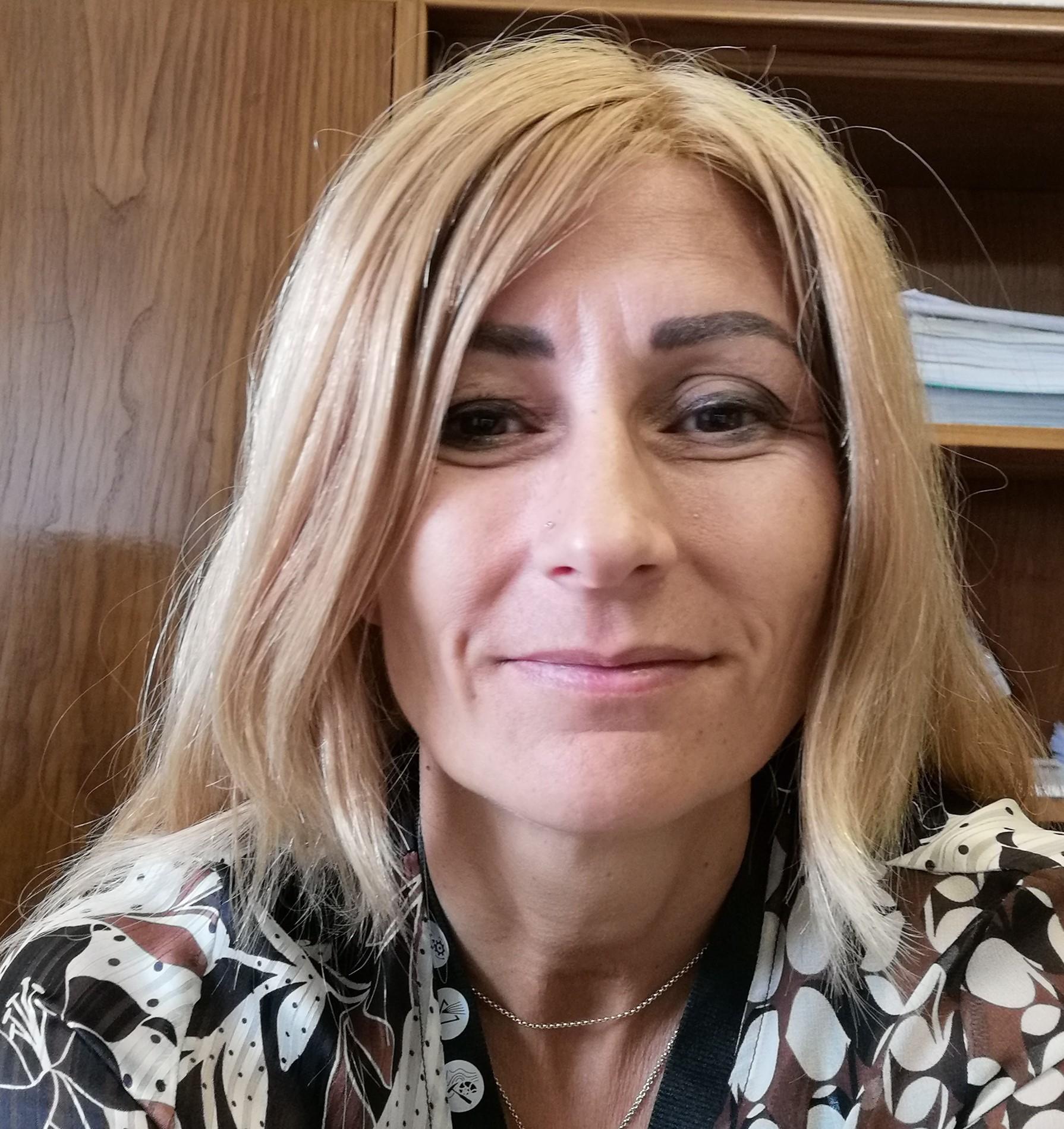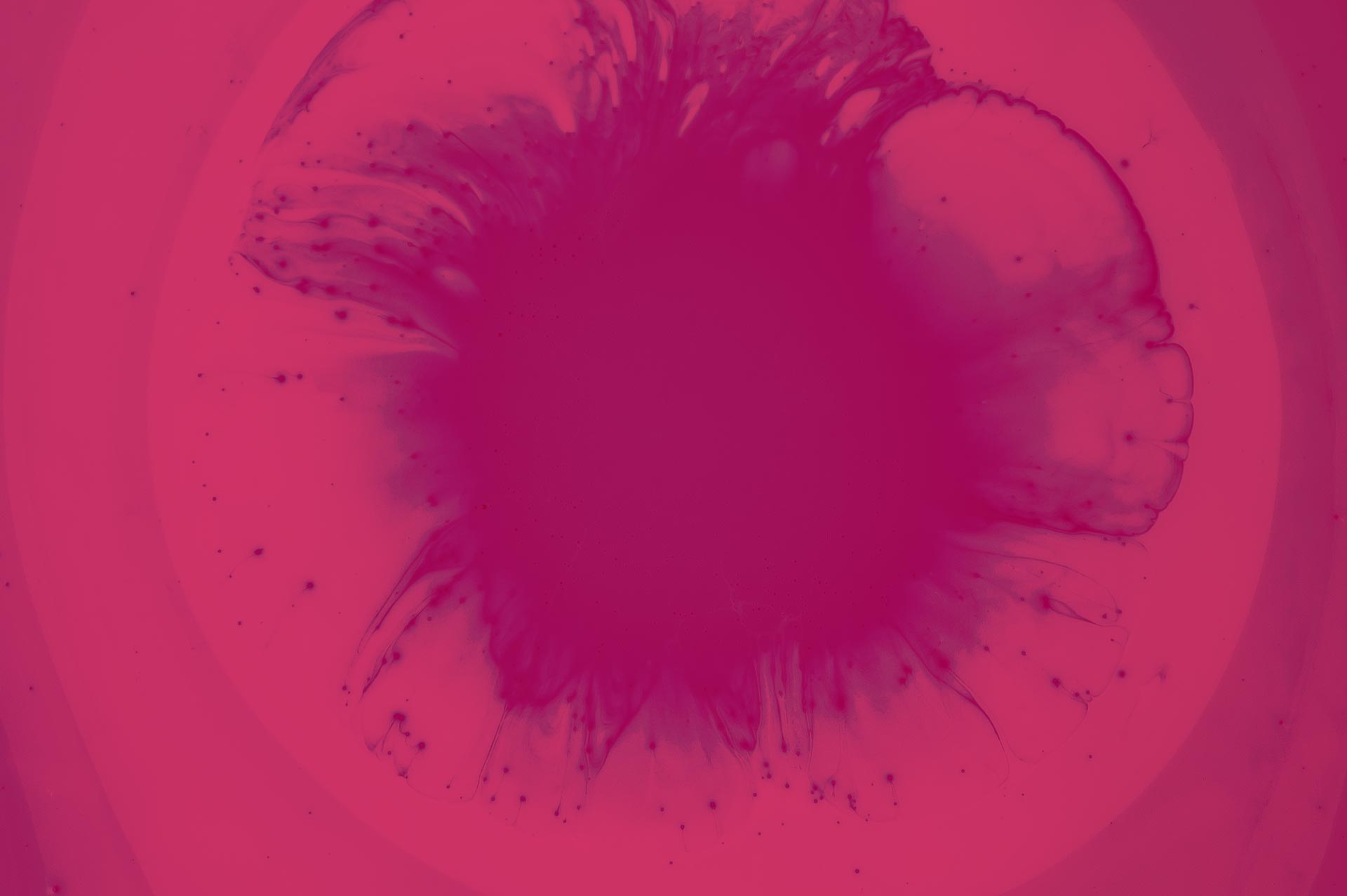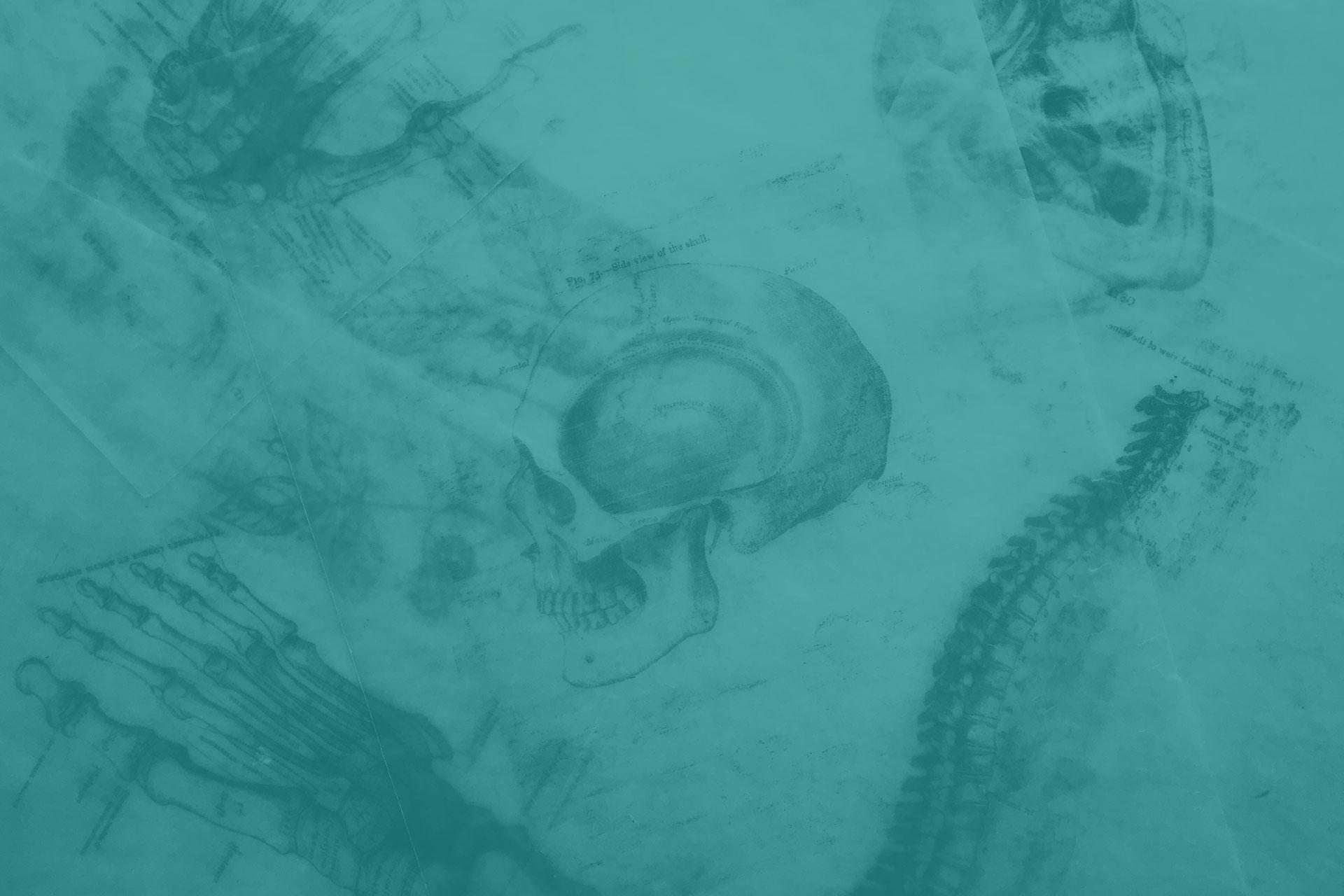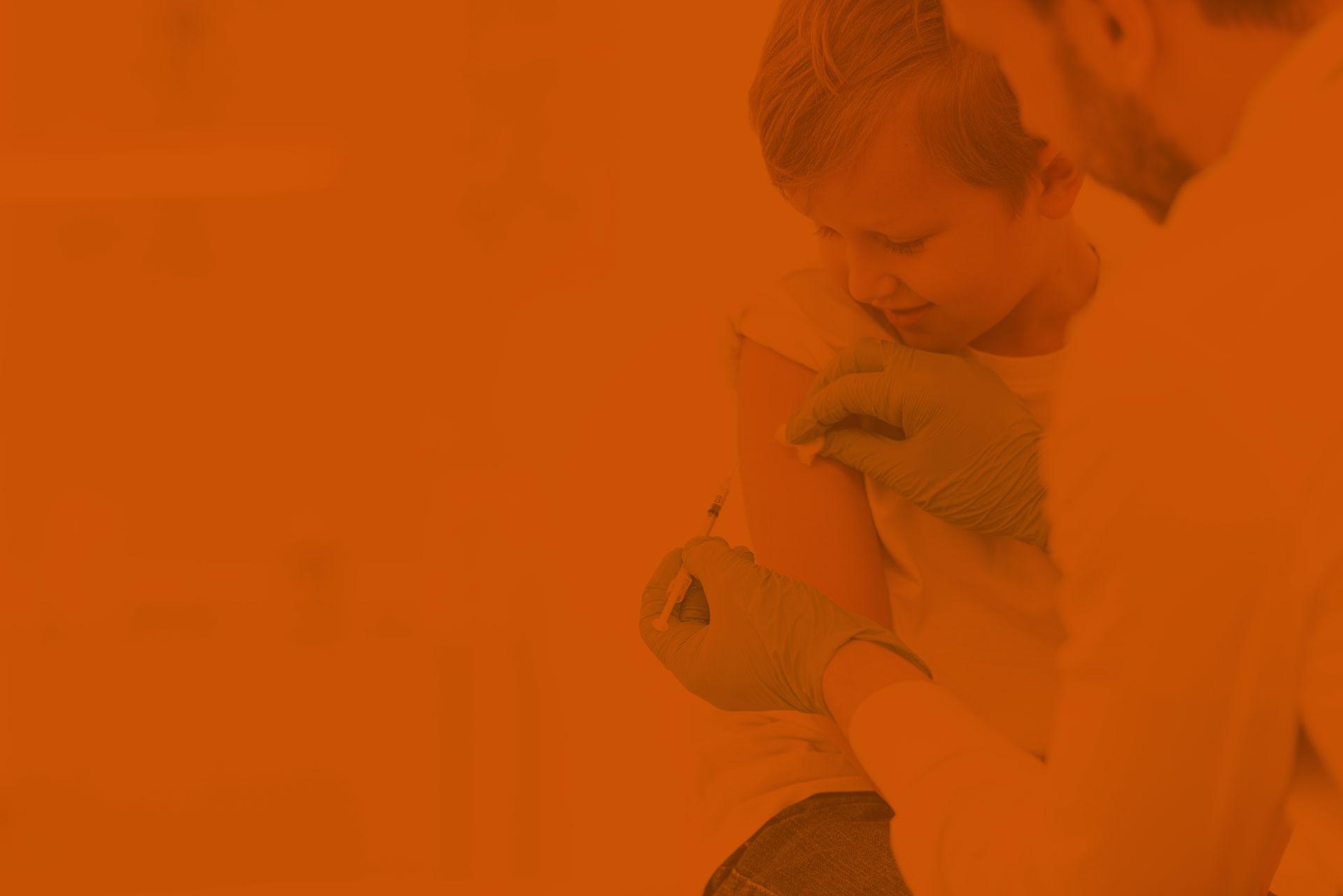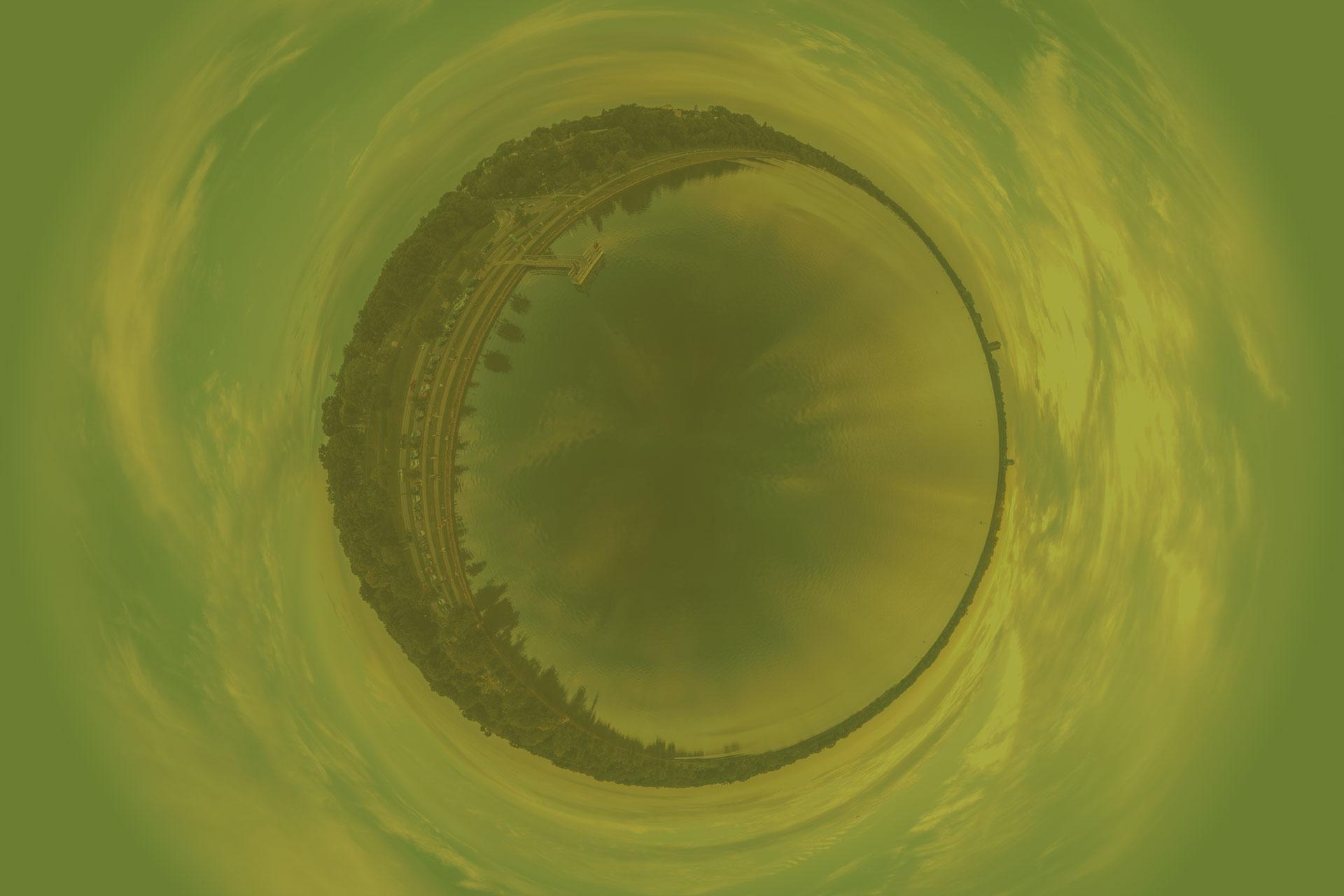Duration: 2025-06-13 to 2031-06-12
Abstract: Non-adult individuals provide critical insight into biological, environmental, and cultural stressors. According to the Osteological Paradox, skeletal pathologies may reflect resilience and extended survival, emphasizing the value of studying non-adult paleopathology. Fetal and infant bones differ from adults in structure due to rapid growth or disease, making it challenging to distinguish normal development from pathology. Therefore, refined methods are essential for accurate bioarchaeological and paleopathological interpretations in immature remains. Genetic, hormonal, anatomical, and immunological sex-based differences must also be considered. Males are generally more susceptible to disease and early mortality, whereas females often show greater resilience. Nonetheless, gendered social norms historically reduced female survival and well-being, reinforcing inequality. As such, sex should be a key variable in evaluating extracortical bone changes.
This project investigates the health-survival relationship and immature skeletal biology using non-destructive stereoscopic microscopy, X-rays, and standard osteometric techniques. It will analyze individuals under 6 years old from contemporary identified European osteological collections. Bone surface features will be assessed by sex, age, and cause of death. The unprecedented comparative scope of these identified collections offers a unique framework for understanding normal and pathological variation across different regions. Long bone metrics will provide further context. The project promises major advances in non-adult paleopathology and fosters future interdisciplinary collaboration and methodological development.
Financial support: Fundação para a Ciência e a Tecnologia (FCT) CEEC IND6ed
Coordinator: Álvaro Manuel Monge Calleja
Partner institutions: CIAS – Research Center for Anthropology and Health
Reference: 2023.09144.CEECIND/CP2832/CT0022
Duration: 2025 – 2028
Abstract: This project examines the evolution of tuberculosis in Portugal over the last 4000 years. By analysing skeletal remains, we aim to understand how TB has affected the Portuguese population, how the mycobacteria have evolved, and how the human immune system has adapted to the disease over time. Moreover, the project integrates historical research to contextualize findings, allowing us to infer the true impact of TB on the Portuguese population.
Coordinator: Ana Maria Silva (CIAS/UC)
Participants: Francisco Curate (CIAS/UC); Fabiana Ribeiro (CIAS/UC); Teresa Rito (UM), Pedro Soares (UM), Maria Pala (Univ. of Huddersfield), Martin Richards (Univ. of Huddersfield) and Rui Martiniano (Liverpool John Moores University)
Partner Institutions: University of Coimbra, University of Minho
Financial support: FCT: Foundation for Science and Technology
Reference: 2023.18462.ICDT
Duration: 2025 – 2026
Abstract: Archaeological site occupation time span estimates can take the form of quantitative and qualitative intervals. The former can use methods such as radiocarbon dating to obtain temporal calendar intervals that, in some cases, can be fairly precise. For the latter, broader temporal qualitative intervals can be inferred from the characterization of collected materials and artefacts, the identification of specific physical structures, or the type of burial practices. With the increasing incorporation of genomic analysis in archaeological studies where human remains are present, specifically to study population origins, admixture, and social organisation, radiocarbon dates are frequently obtained from the osteological materials being analysed. This allows for a better integration of the genomic, archaeological, and anthropological data, but also leads to an increased usage of finite and unique osteological material. To overcome this, it is theoretically possible to estimate site occupation interval spans using an intertwined matrix of genomic admixture intervals, and only a handful radiocarbon dates for calibration, if calendar dates are required. This project aims to use genomic admixture date estimation software, such as DATES, to evaluate the efficacy of the proposed methodology by using published data from hundreds of samples, and by producing a new genomic and radiocarbon dataset from a site in Portugal. The latter will allow subsampling and simulation analysis, which will be essential for statistical testing of a new open source bioinformatic analytical tool, named OCCUPOMICS, which would allow the user to quickly calculate site occupation intervals and calendar dates by inputting a genomic dataset and any related direct radiocarbon dates. This project, therefore, could lead to a decreased need of radiocarbon dates when site-wise genomic data is available, provide improved precision in dating sites, as well as saving unique osteological material and reducing costs.
Coordinator: Daniel Magalhães Fernandes (CIAS)
Supervisor: Ana Maria Silva (CIAS)
Financial support: Financial support: European Research Area (ERA) fellowship, HORIZON-WIDERA-2023-TALENTS-02-01, European Commission, 172 618.56€
Reference: 101180633 — OCCUPOMICS — HORIZON-WIDERA-2022-TALENTS-02
Duration: 2024-ongoing
Abstract: Paleoanthropological and bioarchaeological research is increasingly multidisciplinary and requires the integration of diverse theoretical frameworks and methodologies to understand the biology and lifeways of past peoples. This project will integrate a wide range of approaches for understanding the human past—from the virtual to microscopic and molecular to experimental—in three areas: paleoanthropology, bioarchaeology, and domestication.
Coordinator: John Willman
Financial support: Foundation for Science and Technology, Individual Call to Scientific Employment Stimulus – 6th Edition, Assistant Researcher
Reference: https://doi.org/10.54499/2023.08043.CEECIND/CP2832/CT0017
Duration: 2024/01/04 – 2026/03/31
Coordinators: Vítor Matos & Carina Marques
Partner Institutions: The University of Texas Rio Grande Valley – Edinburg Campus, United States; Universidade de Coimbra, Portugal; Centro de Investigação em Antropologia e Saúde -Universidade de Coimbra, Portugal
Financial support: National Science Foundation, United States
Reference: NSF Award Number 2341415
Duration: 2024-2025
Coordinator: John Willman
Financial support: Archaeological Institute of America’s Archaeology of Portugal Fellowship
Duration: 2015-2021, 2023-2029
Abstract: The Cueva de La Dehesilla is an archaeological site located in the Sierra de Cádiz (Southern Spain) with great scientific results and expectations. The first archaeological explorations began in 1977 and 1981, when professors Pilar Acosta and Manuel Pellicer, from the University of Seville, carried out the excavation of two archaeological probes that documented a sequence of human occupation from the Ancient Neolithic to the Copper Age (Acosta and Pellicer, 1990). Since 2015, a new General Research Project called “Cueva de La Dehesilla: Archaeological and palaeoenvironmental study for the knowledge of the prehistoric human occupation of the Sierra de Cádiz” has been carried out. This project is directed by Professor Dr. Daniel García Rivero, attached to the Department of Prehistory and Archaeology of the University of Seville. The project has recently been renewed and is expected to run until 2029. This project is made up of professors and researchers from numerous national and international universities and research centres, and is fortunately offering a notable amount of highly relevant results for a new impulse in the knowledge of the first peasant and livestock populations of the southern Iberian Peninsula and, by extension, of the western Mediterranean.
Coordinator (PI): Daniel G. Rivero (University of Seville, and CIAS)
Participants: Cláudia Umbelino (CIAS)
Financial support: University of Seville; Research Centre for Anthropology and Health (CIAS), University of Coimbra; Ministry of Science and Innovation, Government of Spain (I+D+i projects
Reference: PGC2018-096943-A-C22, and PID2022-137946NB-I00.
Duration: 2023-2024
Financial support: The University of North Texas Health Science Center at Fort Worth, United States
Co-coordinators: Scott Maddux, Emma Handler, John Willman
Partner Institutions: The University of North Texas Health Science Center at Fort Worth, The University of Iowa
Duration: 2023-2027
Abstract: The core mission of NeoProModels Project is to research evolutionary cultural patterns within the context of the Neolithic process throughout the South of the Iberian Peninsula. The main goal is to tackle several major questions about continuities and discontinuities over space and time focusing on population thinking and the notion of cultural transmission. Evolutionary archaeology has become a powerful theoretical tool to gain knowledge on human behaviour. It can help us to formulate precise contextual explanatory models for one of the most important phenomena in human history: the origin and expansion of the farming way of life. This project will place the emphasis on identifying histories of cultural transmission within long-term dynamics of cultural change (ca. 5600-4000 cal BC). The project focuses on the Andalusian region within the wider sphere of the western-most regions of the Mediterranean and the Atlantic façade of the Southwest of the Iberian Peninsula. It will address historical questions related to the processes of Neolithisation in the different contexts of human populations.
Coordinator: Daniel García Rivero (University of Seville, and CIAS)
Participants: Cláudia Umbelino (CIAS)
Financial support: Ministry of Science and Innovation, Government of Spain
Reference: PID2022-137946NB-I00
Duration: 01.2023 – 01.01.2026
Abstract: This project represents the first study to rely on the articulation of six disciplines (osteology, archaeology, history, chemistry, paleoparasitology, and genomics) to better understand the health of the military in the past and how they were cared for. The results of this research will be an important new asset to historians who study the military, science, medicine, and care offered to diseased people by providing them not only new data to work with but also new methodologies and sampling strategies.
The study of human remains provide a direct window into the life of past populations, specially when combined with other methodologies. The osteological analysis allows to reconstruct the biological (sex, age at death, stature…) and health (diseases, signs of physiological stress…) profile of the individuals and select key skeletons to whom it would
be relevant to perform other types of analysis. Recently, methodologies developed from different fields have been more frequently applied to social sciences such as history. DNA analysis, for example, may identify pathogens responsible for diseases such as plague and influenza, as well as relate a specific disease to vague symptoms descriptions in historical records and ambiguous skeletal lesions. Stable isotopes and trace elements provide information about the people’s diet and possible dietary changes, migrations, and medicament intake. Parasitology can also be effective in reconstructing dietary habits and cooking techniques, additionally to identifying parasites that could affect the individual’s health.
The multidisciplinary team in this project combines various expertise (from natural sciences to humanities) that will work together to achieve the research objectives: 1) Identify parasites and pathogens affecting the soldiers’ health; 2) Relate mass graves to possible epidemics; 3) Identify medication intake and treatments; 4) Better understand hospitals and medical care; 5) Better understand military life.
Knowing that health can be reflected in skeletal indicators of physiological stress and skeletal lesions, this project combines osteological, archaeometric and historic analyses to investigate the relationship between diet, health, and treatments in military hospitals in the 17th and 18th centuries. This study will give a better understanding of medical care in historic periods by providing a direct timeframe difference between before, during and after the disease. It will be possible, for example, to know how mercury was used to treat diseases in Portugal: which diseases were treated this manner and if these treatments were frequent. The study will rely on an osteological collection (made of 947 individuals) associated with the Military Hospital of São Jorge Castle in Lisbon, used from the 17th to the 18th centuries. Historical and archaeological records will be compared with osteological, genetical, chemical, and parasitological data to reconstruct the individual’s life, where they are from, their diet before and after the hospitalization, the diseases and parasites that affected them and the use of substances such as mercury as treatment. Hazard models will be used to assess differences in survivorship and survivor/non-survivor analysis to assess differences in lesion frequency and severity between the different phases of the graveyard. This project follows the research funded by the University of Kent 50th Anniversary Scholarship carried out by the PI. During that project, the PI developed the novel sampling strategy, key for the current project’s success, and became a reference using biochemical analysis to study the synergy between diet, health and metabolism in past populations. The previous research developed by the co-PI, a historian with vast experience studying health and medical care, will allow us to historically frame the data collected from the different disciplines in this project.
Coordinator: Ana Rita Quito Curto
Participants: Sofia Wasterlain (CIAS), Ana Amarante (CIAS), Liliana Matias de Carvalho (CIAS)
Partner institutions: Universidade de Évora, Laboratório HERCULES – Herança Cultural Estudos e Salvaguarda, Centro Interdisciplinar de História, Culturas e Sociedades, Universidade de Coimbra, Centro de Investigação em Antropologia e Saúde, Universidad Complutense de Madrid – Departamento de Medicina Legal, Psiquiatría y Patología, Universidade de Lisboa, Centro de História, Chrono-environment laboratory – Université de Bourgogne Franche-Comté, EON, Indústrias Criativas Ltda
Financial support: Fundação para a Ciência e Tecnologia
Reference: 2022.03576.PTDC
